Home>Articles>How To Remove Calcium Deposits From Showerhead
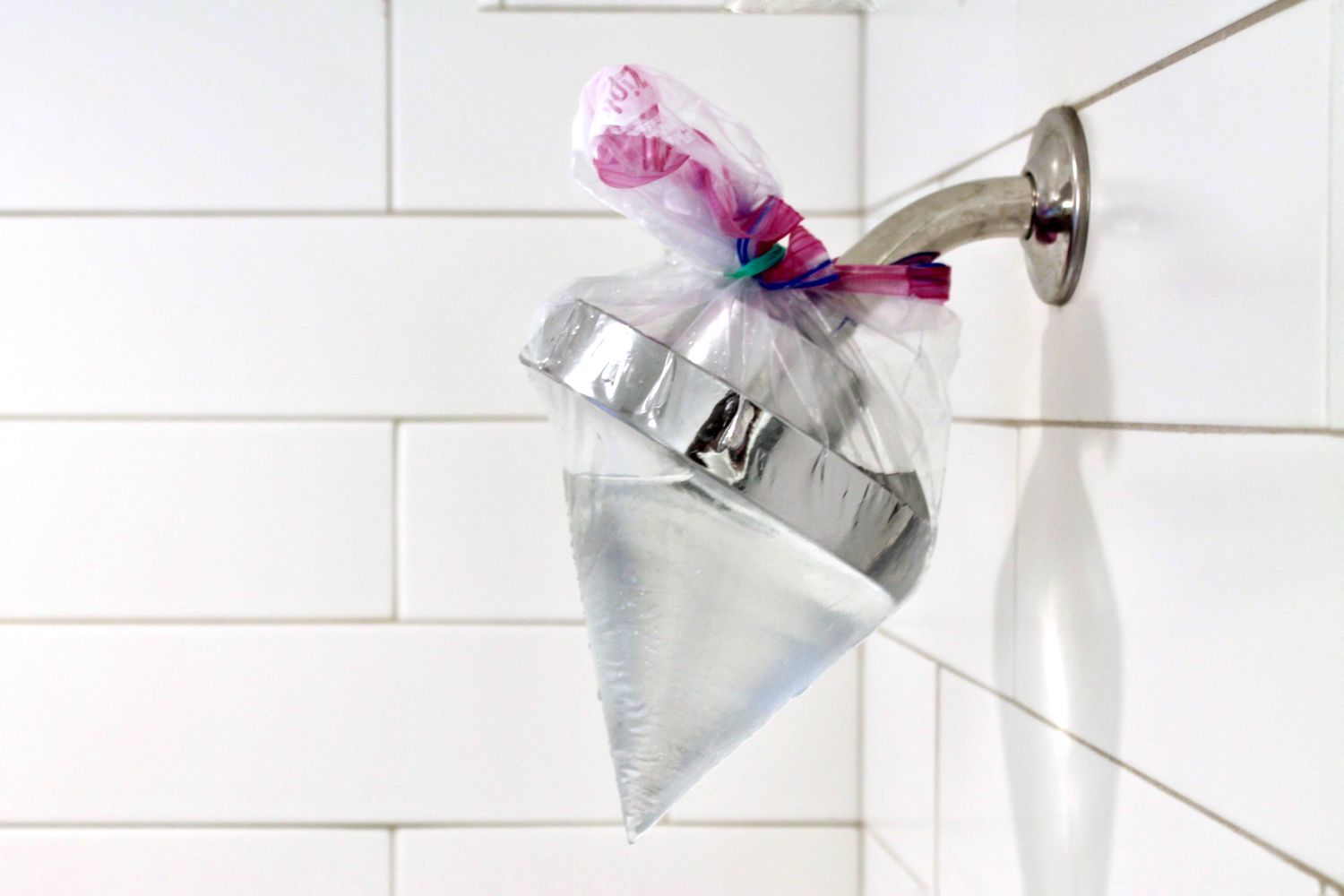

Articles
How To Remove Calcium Deposits From Showerhead
Modified: March 1, 2024
Looking for articles on how to remove calcium deposits from your showerhead? Check out our expert tips and tricks to keep your showerhead clean and functioning efficiently.
(Many of the links in this article redirect to a specific reviewed product. Your purchase of these products through affiliate links helps to generate commission for Storables.com, at no extra cost. Learn more)
Introduction
Calcium deposits in showerheads can be a common and frustrating problem for many homeowners. Over time, mineral deposits, particularly calcium, can accumulate inside the showerhead, obstructing water flow and affecting the overall functionality of the shower. These deposits are often caused by hard water, which contains high levels of dissolved minerals like calcium and magnesium.
Removing calcium deposits from your showerhead is essential to ensure optimal water flow and to prevent any build-up that could eventually cause damage to the showerhead itself. Not only will this improve your showering experience, but it will also prolong the lifespan of your showerhead, saving you money in the long run.
In this article, we will discuss the causes of calcium deposits in showerheads, the impact they have on water flow and quality, and most importantly, step-by-step methods to effectively remove them. We will also explore alternative methods and provide tips to prevent future calcium deposits.
So, let’s dive in and learn how to get rid of those stubborn calcium deposits from your showerhead!
Key Takeaways:
- Say goodbye to stubborn calcium deposits in your showerhead by using simple household items like vinegar and a toothbrush. Enjoy improved water flow and quality with these easy DIY removal methods.
- Prevent future calcium build-up in your showerhead by installing a water softener, using a shower filter, and regularly cleaning and maintaining your showerhead. Keep your showers refreshing and efficient with these proactive measures.
Read more: How To Remove Calcium Deposits From Glass
Understanding Calcium Deposits
Before we delve into the removal process, it’s important to understand the causes and consequences of calcium deposits in showerheads. This knowledge will help us tackle the problem more effectively.
The primary cause of calcium deposits in showerheads is hard water. Hard water is characterized by a high concentration of minerals, particularly calcium and magnesium. When hard water passes through the showerhead, these minerals can accumulate and form deposits over time. Other factors that can contribute to calcium deposits include infrequent cleaning, high water pressure, and the quality of the water supply.
So, what is the impact of these calcium deposits on water flow and quality?
Firstly, the build-up of calcium deposits can clog the showerhead’s nozzles, impeding the flow of water. This can lead to reduced water pressure and uneven distribution of water, resulting in a less satisfying showering experience. Additionally, the mineral deposits can disrupt the spray pattern, causing the water to flow in unintended directions.
Furthermore, calcium deposits can negatively affect the quality of the water. As the water passes through the showerhead, the accumulated minerals can mix with the water and be released during showers. This can give the water an unpleasant odor and taste. In some cases, the mineral deposits can also cause discoloration of the water, leaving stains on shower tiles and surfaces.
Now that we understand the causes and impact of calcium deposits, let’s move on to the methods for removing them and restoring your showerhead’s performance.
Tools and Materials
Before you begin the process of removing calcium deposits from your showerhead, it’s important to gather the necessary tools and materials. Having these items on hand will make the task easier and more efficient. Here is a list of what you will need:
- Adjustable wrench: This tool will be used to disconnect the showerhead from the pipe.
- Vinegar: White vinegar is a common household item that is highly effective in removing calcium deposits due to its acidic properties.
- Plastic bag or zip-top bag: This will be used for soaking the showerhead in vinegar.
- Brush or toothbrush: A soft-bristled brush or toothbrush is essential for scrubbing away the calcium deposits.
- Toothpick or pin: These small tools can be handy for removing any stubborn deposits from the showerhead’s nozzles.
- Cloth or sponge: A cloth or sponge will be used for wiping down the showerhead and ensuring it is clean and ready for reinstallation.
- Teflon tape: This thin tape is used for resealing the showerhead to the pipe, preventing any leaks.
Each item serves a specific purpose in the removal process. The adjustable wrench allows you to disconnect the showerhead from the pipe without causing damage. The vinegar acts as a powerful cleaning agent, breaking down and dissolving the calcium deposits. The plastic bag or zip-top bag is used to soak the showerhead in vinegar, ensuring that all the nooks and crannies are covered. The brush or toothbrush helps to scrub away the deposits, while the toothpick or pin can be used to clear any blockages in the nozzles. The cloth or sponge allows you to wipe down the showerhead, removing any remaining residue. Finally, the Teflon tape ensures a secure and leak-free reattachment of the showerhead.
Now that you have your tools and materials ready, it’s time to move on to the step-by-step guide for removing calcium deposits from your showerhead.
Step-by-Step Guide
Now that you have gathered the necessary tools and materials, let’s walk through the step-by-step process of removing calcium deposits from your showerhead:
Step 1: Disconnecting the showerhead
Start by turning off the water supply to the shower. Use an adjustable wrench to loosen and remove the showerhead from the pipe. Be careful not to apply too much force to avoid damaging the showerhead or pipe.
Step 2: Soaking the showerhead in a vinegar solution
Fill a plastic bag or zip-top bag with white vinegar, ensuring there is enough to fully submerge the showerhead. Using a rubber band or tie, secure the bag around the showerhead, making sure it is tightly sealed. Allow the showerhead to soak in the vinegar solution for at least one hour, or overnight for more stubborn deposits. The acidic nature of the vinegar will help dissolve the calcium deposits.
Step 3: Scrubbing away calcium deposits
After soaking, remove the showerhead from the vinegar solution and carefully scrub away the loosened calcium deposits using a soft-bristled brush or toothbrush. Pay close attention to the nozzles, ensuring that any blockages are cleared so that water can flow freely. For more stubborn deposits, try using a toothpick or pin to gently dislodge them.
Step 4: Rinsing and reattaching the showerhead
Rinse the showerhead thoroughly with water, making sure to remove any traces of vinegar and debris. Use a cloth or sponge to wipe down the showerhead, ensuring it is clean and ready for reinstallation. Apply a few wraps of Teflon tape around the shower pipe threads to create a tight seal, and then reattach the showerhead using the adjustable wrench. Turn on the water supply and check for any leaks.
And just like that, you have successfully removed the calcium deposits from your showerhead! Enjoy the improved water flow and quality during your showers.
Alternative Methods
In addition to the vinegar method discussed earlier, there are other alternative methods you can explore for removing calcium deposits from your showerhead. Let’s take a look at a few of these methods along with their respective pros and cons:
Read more: How Clean Showerhead Deposits
Citric Acid Solution
Citric acid can be an effective alternative to vinegar for removing calcium deposits. You can either use powdered citric acid or a citric acid solution. The acidic properties of citric acid help dissolve the deposits. Pros of using citric acid include its natural composition and pleasant scent. However, it can be slightly more expensive than vinegar and may require a longer soaking time to achieve the desired results.
There are various commercial products available that are specifically designed to dissolve lime and calcium deposits. These products often come in spray or gel form and are easy to use. Their effectiveness can vary depending on the brand and product formulation. Some pros of using lime and calcium dissolver products include convenience and targeted approach, but they can be more costly compared to DIY methods and may contain harsh chemicals.
Descaling agents are formulated to remove mineral deposits from various surfaces, including showerheads. They are typically available as liquid solutions and are designed to break down and dissolve the calcium deposits effectively. The pros of using descaling agents include their high potency and ability to remove stubborn deposits. However, these agents often contain strong chemicals, so caution should be exercised when using them. It is important to follow the instructions and safety guidelines provided by the manufacturer.
When considering alternative methods, it’s important to assess the pros and cons while taking into account your specific needs and preferences. Always ensure to follow the instructions provided by the manufacturer and exercise caution to protect yourself and your showerhead.
Preventing Future Calcium Deposits
While it is important to know how to remove calcium deposits from showerheads, it is equally vital to take preventive measures to minimize future build-up. Here are some tips to help prevent calcium deposits in your showerhead:
Tips for preventing calcium buildup in showerheads:
- Use a Water Softener: Installing a water softener can greatly reduce the mineral content in your water, preventing the formation of calcium deposits.
- Install a Shower Filter: Adding a shower filter can help remove impurities and minerals, including calcium, from the water, reducing the likelihood of deposit formation.
- Regularly Clean Your Showerhead: Establish a routine to clean your showerhead regularly. Wipe it down with a cloth or sponge to remove any surface residue.
- Use a Descaling Agent: Periodically use a descaling agent specifically designed for showerheads to remove any minor build-up before it becomes a larger issue.
- Consider a Showerhead with Anti-Calcification Features: Some showerheads are designed with built-in features to prevent calcium deposits from forming, making maintenance easier.
Read more: How To Remove Lime Deposits From A Bathtub
Maintenance techniques for reducing deposits:
- Soak the Showerhead in Vinegar: Regularly soak your showerhead in a vinegar solution, as a preventive measure, to dissolve any minor deposits before they become more substantial.
- Use a Toothbrush for Regular Cleaning: Periodically scrub the nozzles and crevices of your showerhead with a toothbrush to remove any mineral build-up.
- Inspect and Repair Leaks: Leaks in the showerhead can cause water to accumulate, increasing the chances of mineral deposit formation. Regularly check for leaks and have them repaired promptly.
- Monitor Water Pressure: High water pressure can contribute to the formation of calcium deposits. Consider installing a pressure regulator to maintain an optimal water pressure level.
By following these preventive tips and adopting maintenance techniques, you can significantly reduce the occurrence of calcium deposits in your showerhead, prolonging its lifespan and ensuring a consistent water flow and quality.
Conclusion
Removing calcium deposits from your showerhead is an essential task that should not be overlooked. The build-up of calcium deposits can hinder water flow, negatively impact water quality, and diminish your overall showering experience. By understanding the causes and consequences of calcium deposits, gathering the necessary tools and materials, and following a step-by-step guide, you can successfully remove these deposits and restore your showerhead’s performance.
In addition to the vinegar method, there are alternative methods available, such as using citric acid solutions or commercial descaling agents. Each method has its own pros and cons, so it’s important to choose the one that best suits your needs and preferences. Preventive measures, such as using water softeners or filters, regularly cleaning your showerhead, and considering anti-calcification features, can help minimize future calcium deposits.
Regular maintenance, including soaking your showerhead in vinegar, using a toothbrush for cleaning, and promptly repairing any leaks, is crucial in reducing calcium deposits and ensuring the longevity of your showerhead. Monitoring water pressure and adopting appropriate measures can also help in maintaining a clean showerhead.
In conclusion, removing calcium deposits from your showerhead is not only about improving water flow and quality, but it is also about prolonging the lifespan of your showerhead and enhancing your showering experience. By implementing preventive measures and regularly maintaining a clean showerhead, you can enjoy a refreshing and efficient shower every time.
Frequently Asked Questions about How To Remove Calcium Deposits From Showerhead
Was this page helpful?
At Storables.com, we guarantee accurate and reliable information. Our content, validated by Expert Board Contributors, is crafted following stringent Editorial Policies. We're committed to providing you with well-researched, expert-backed insights for all your informational needs.
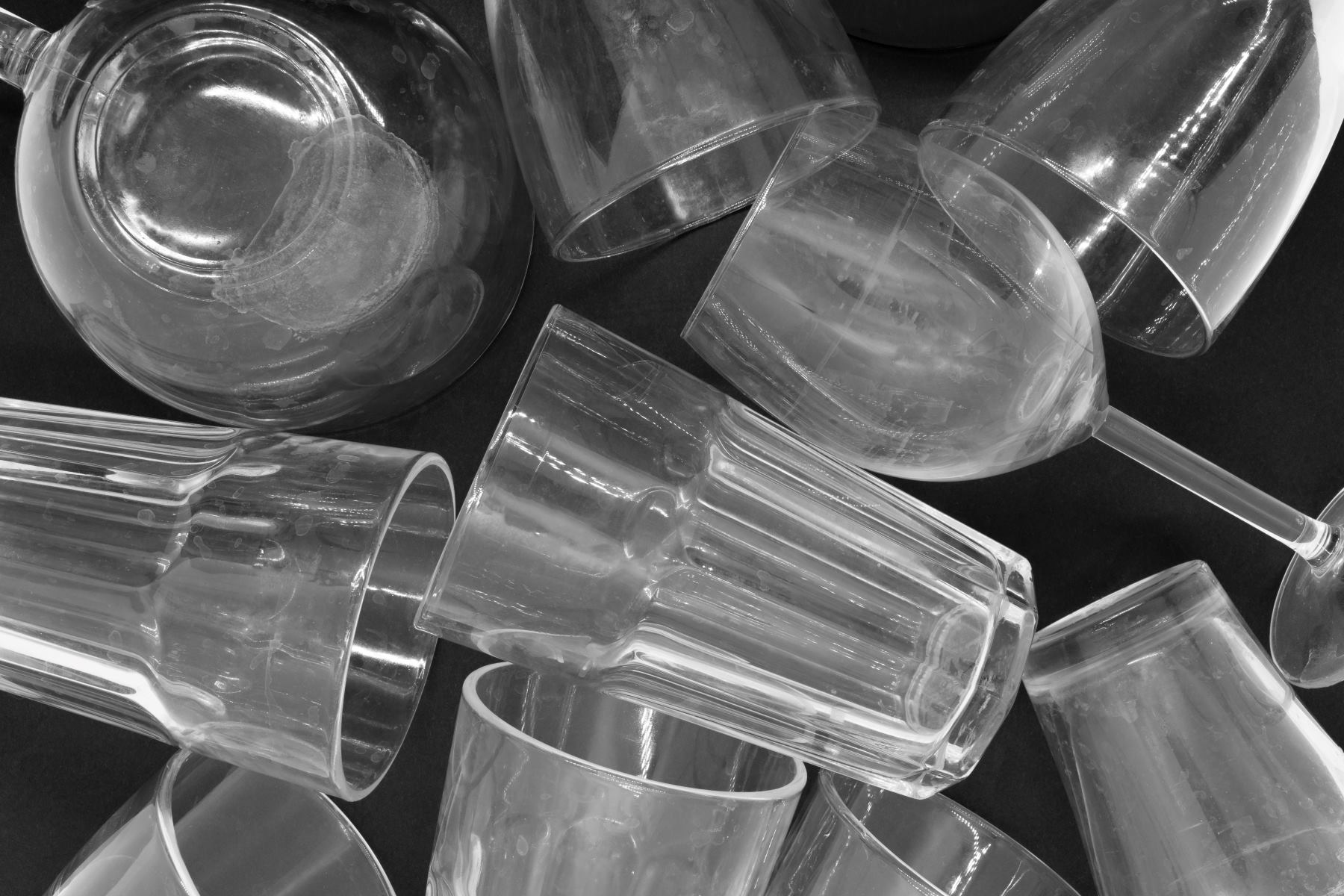
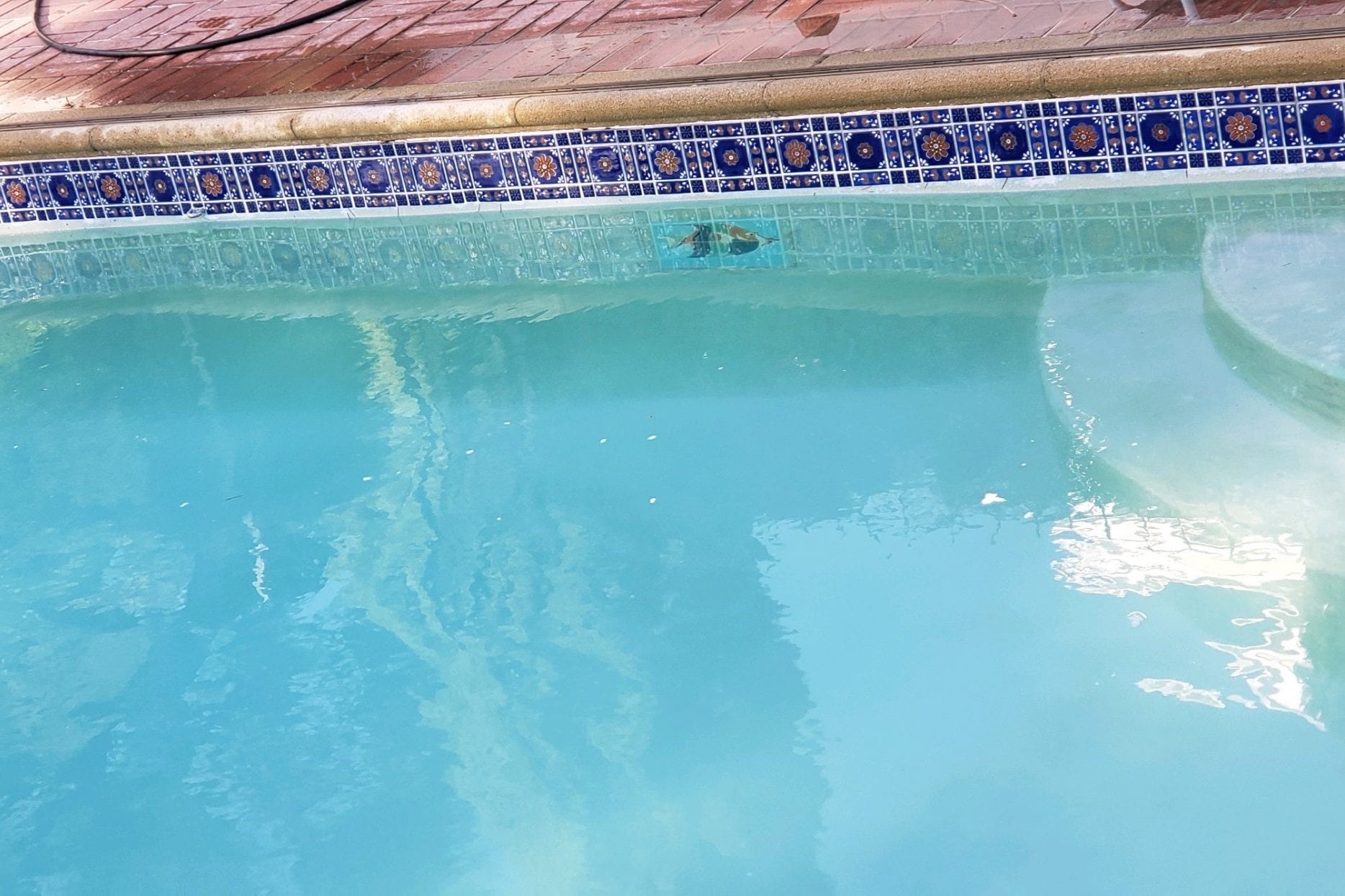
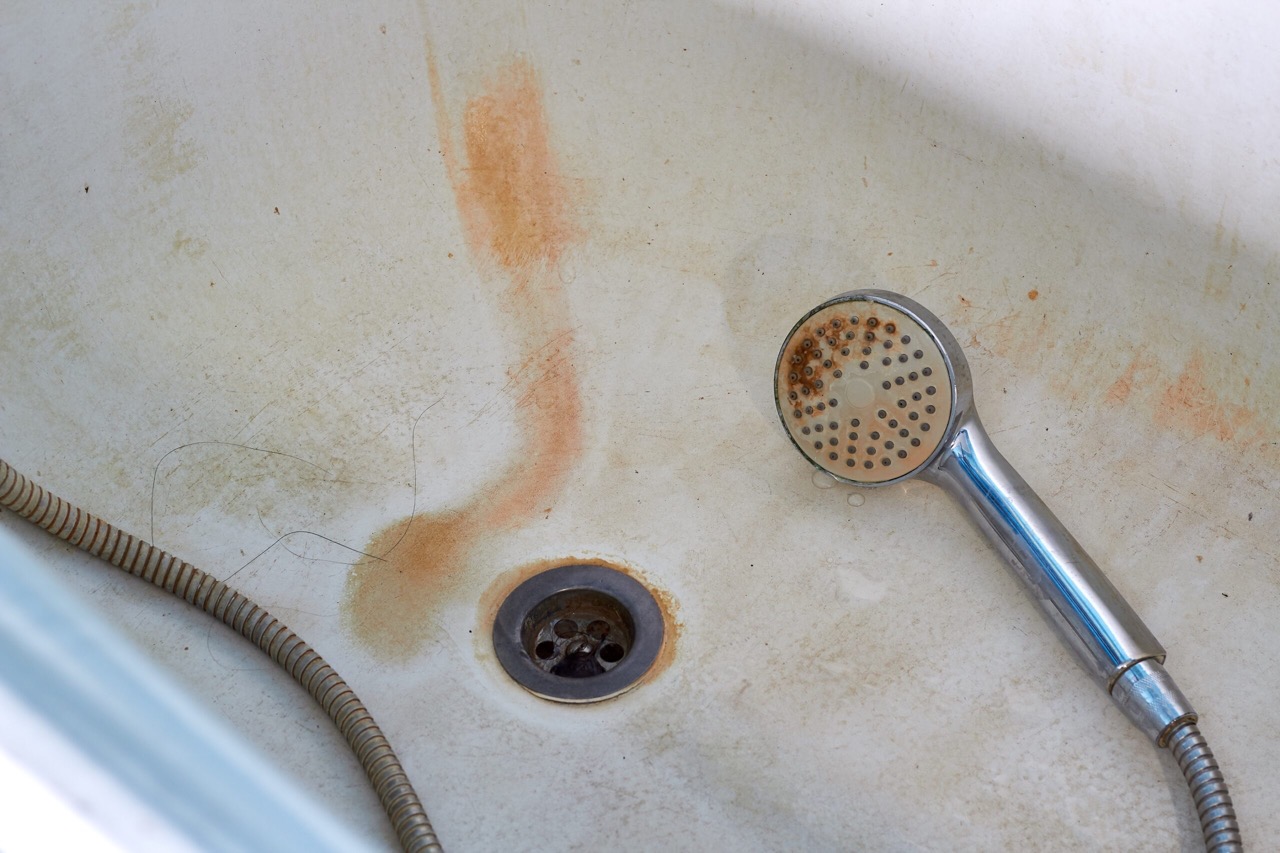
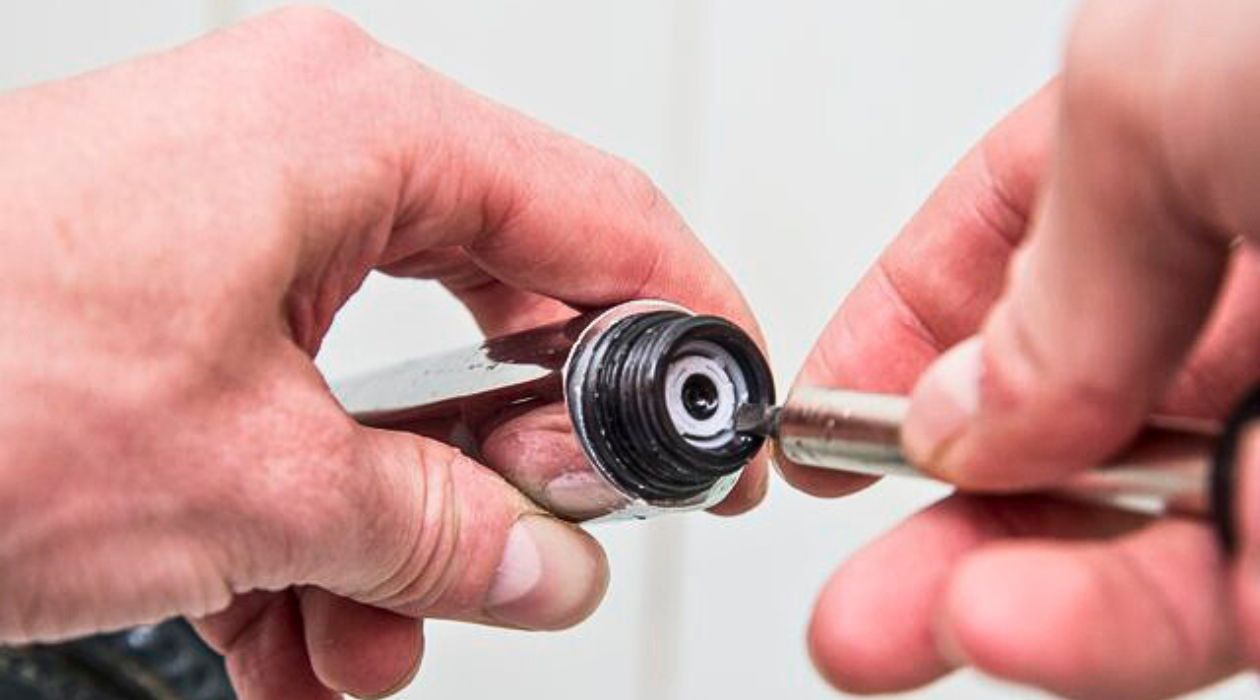
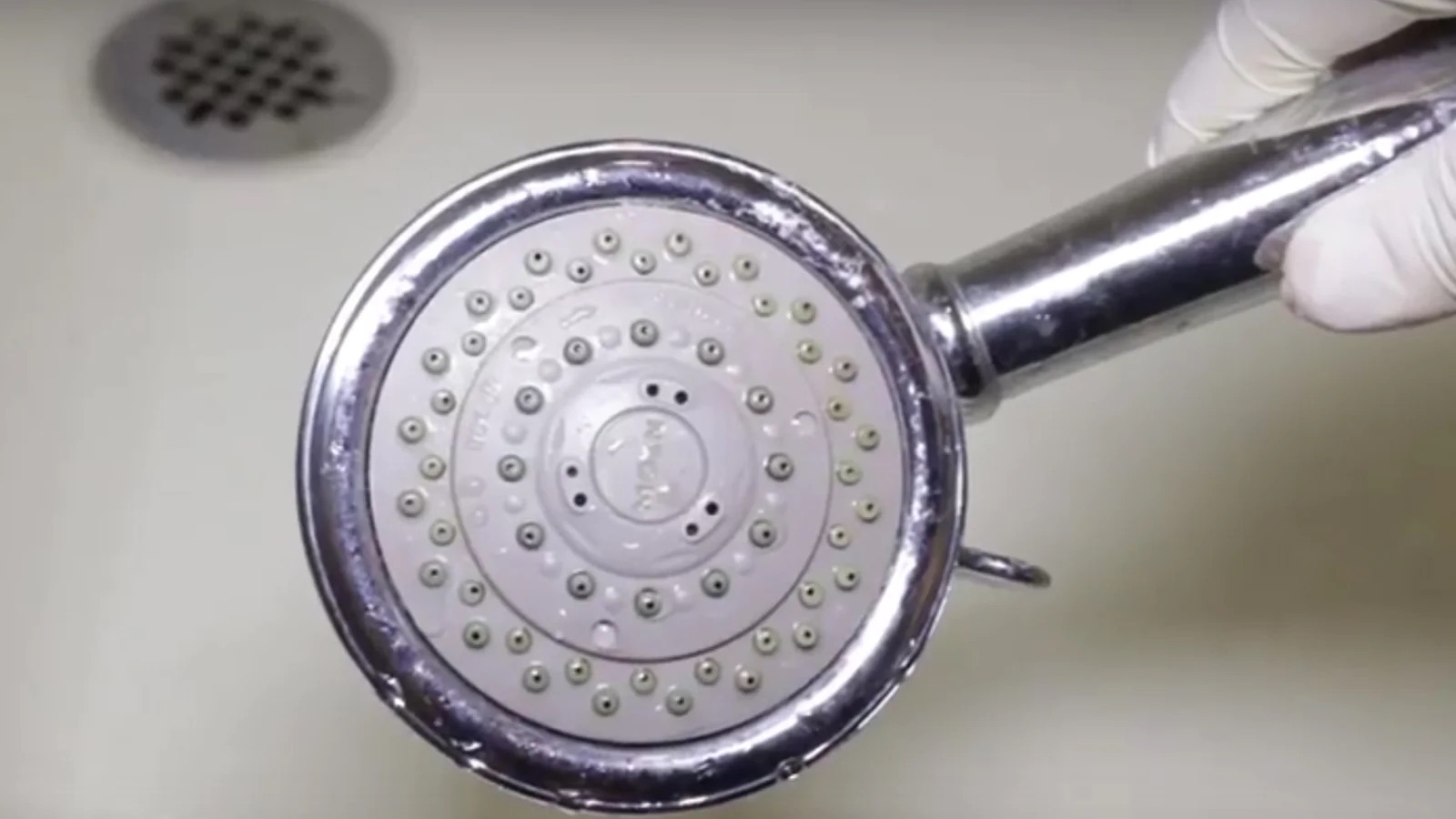
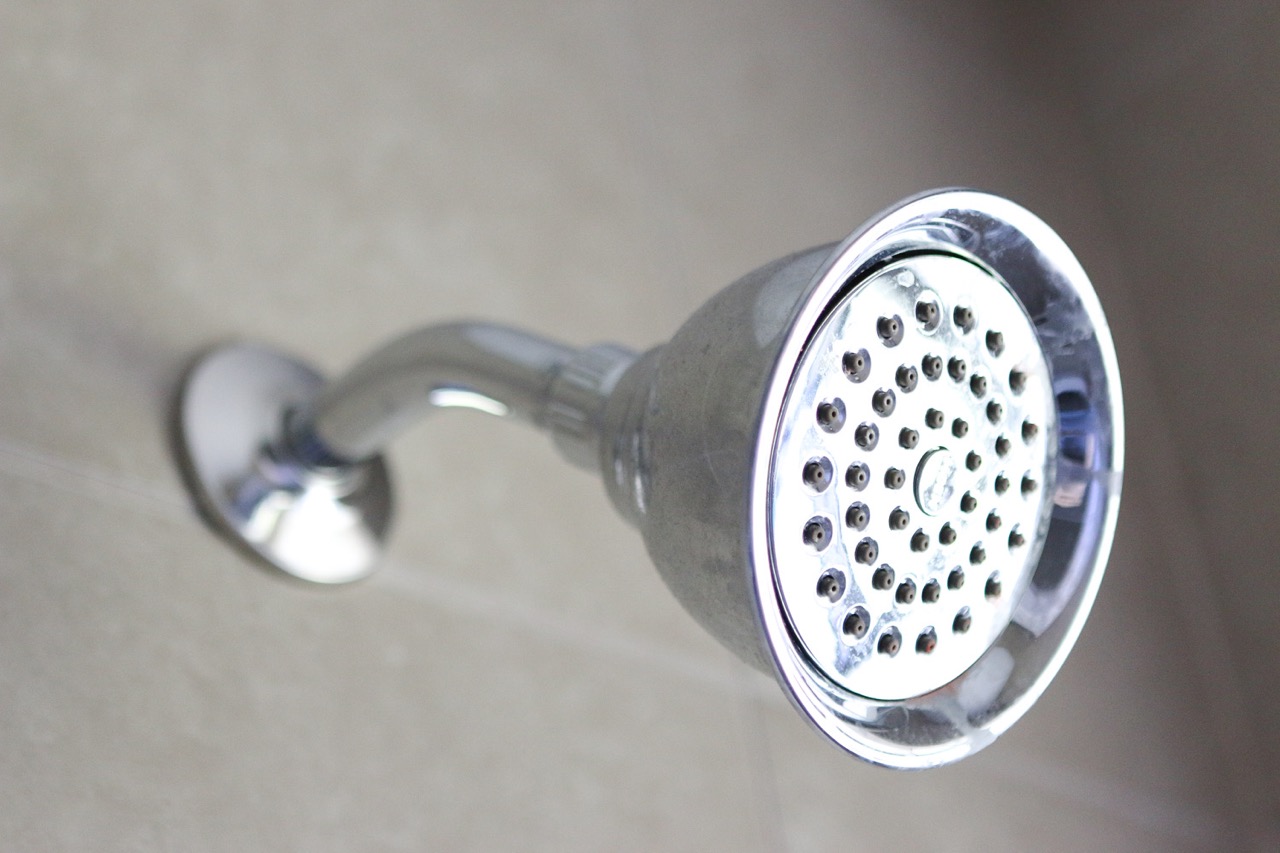
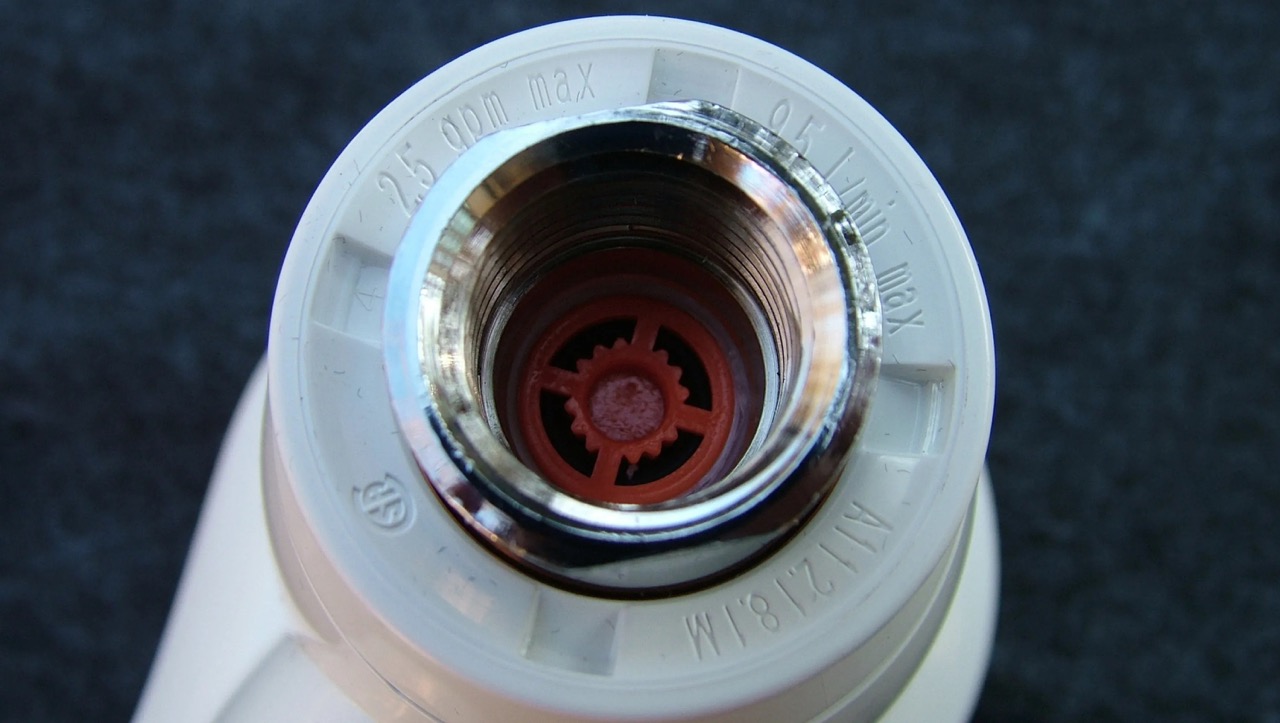
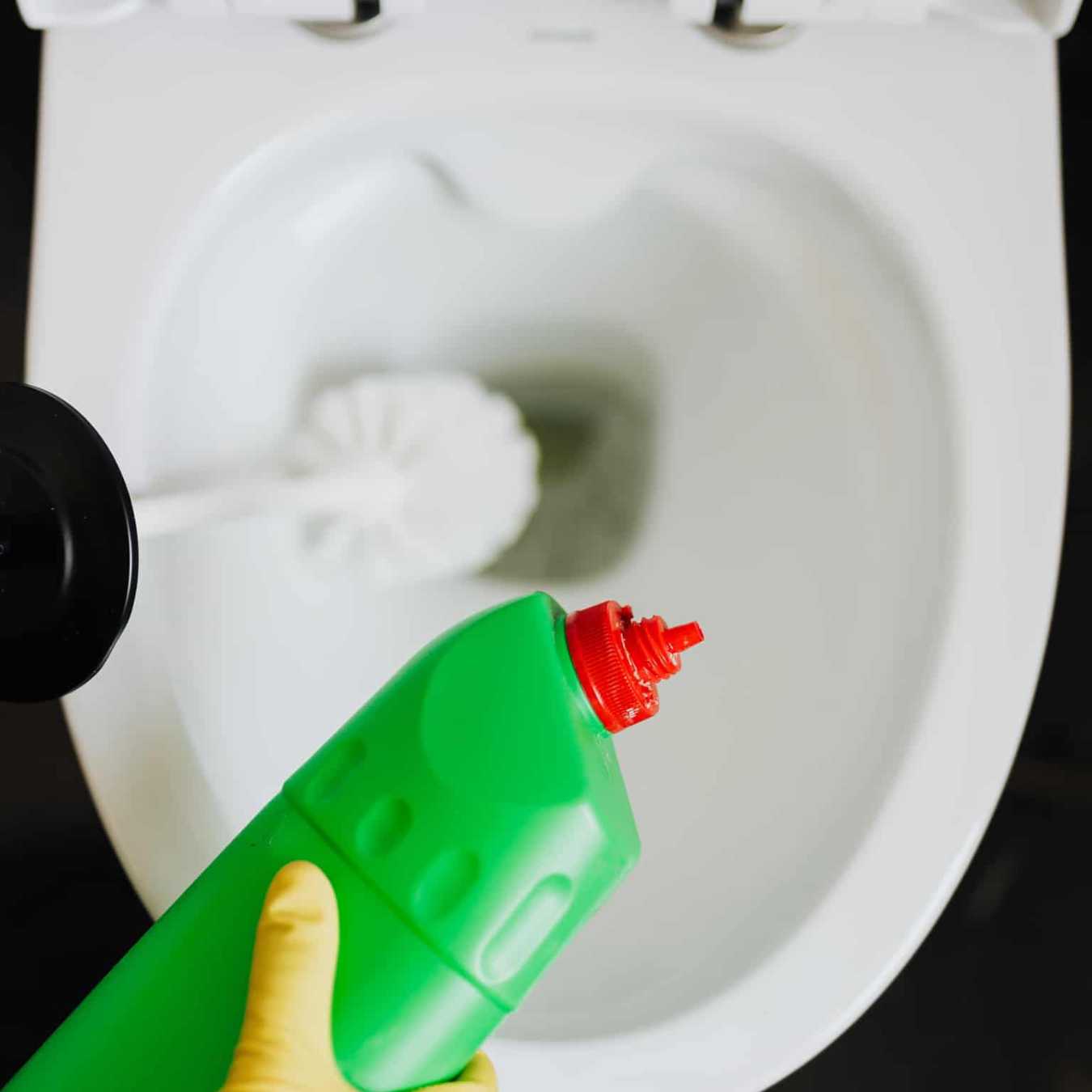
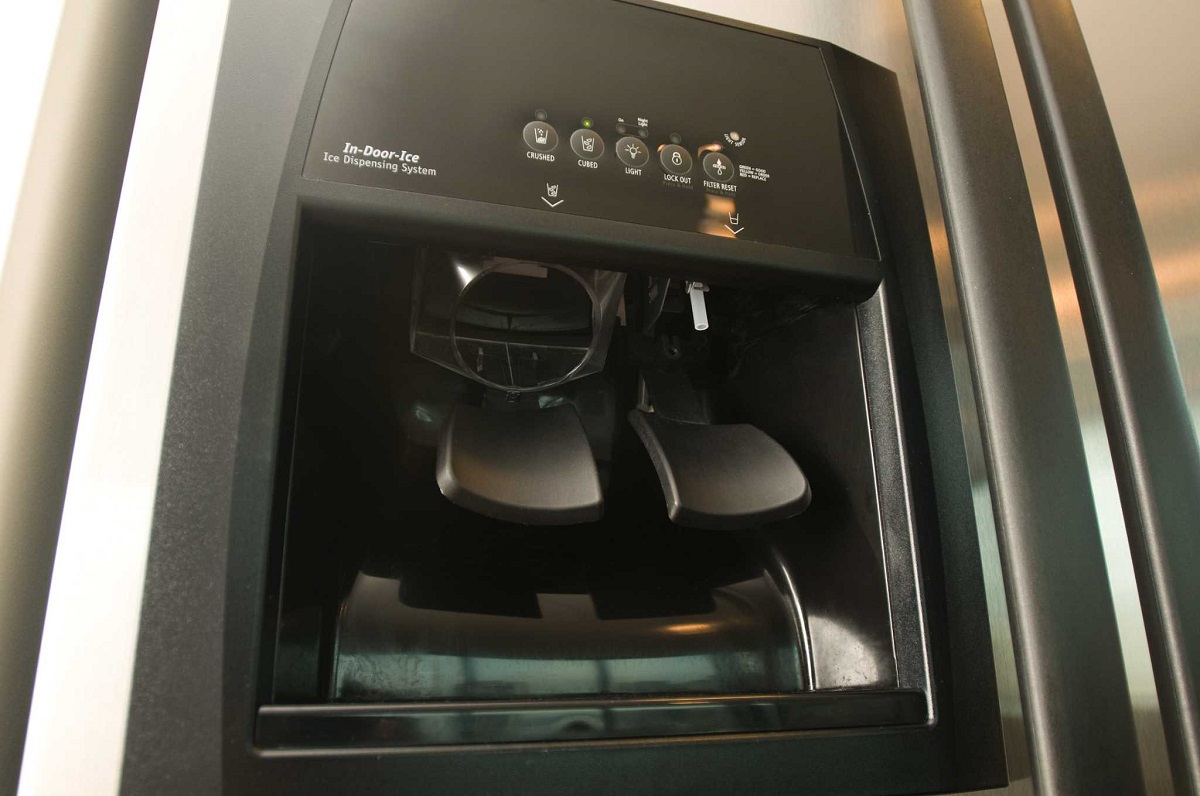
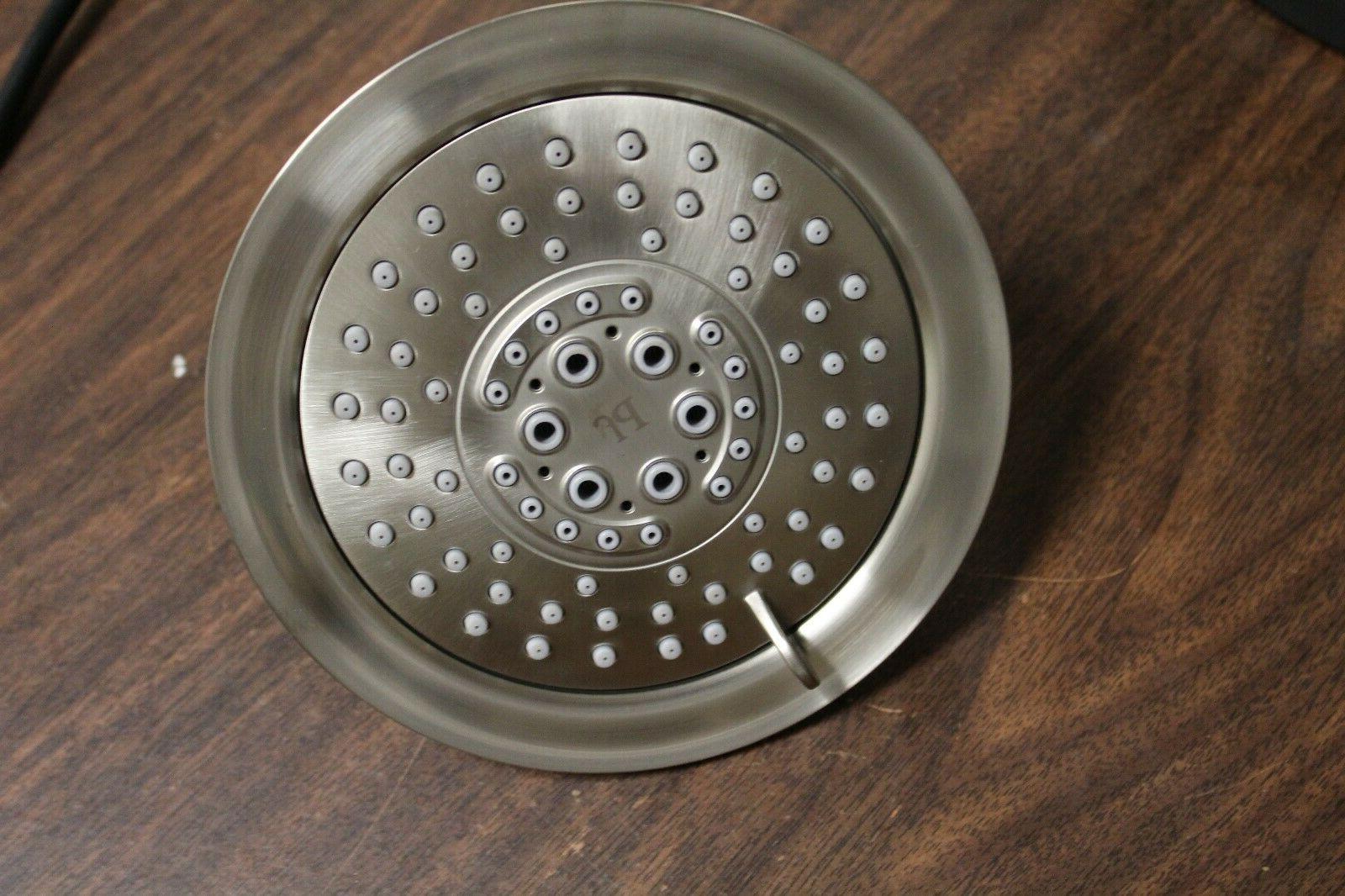
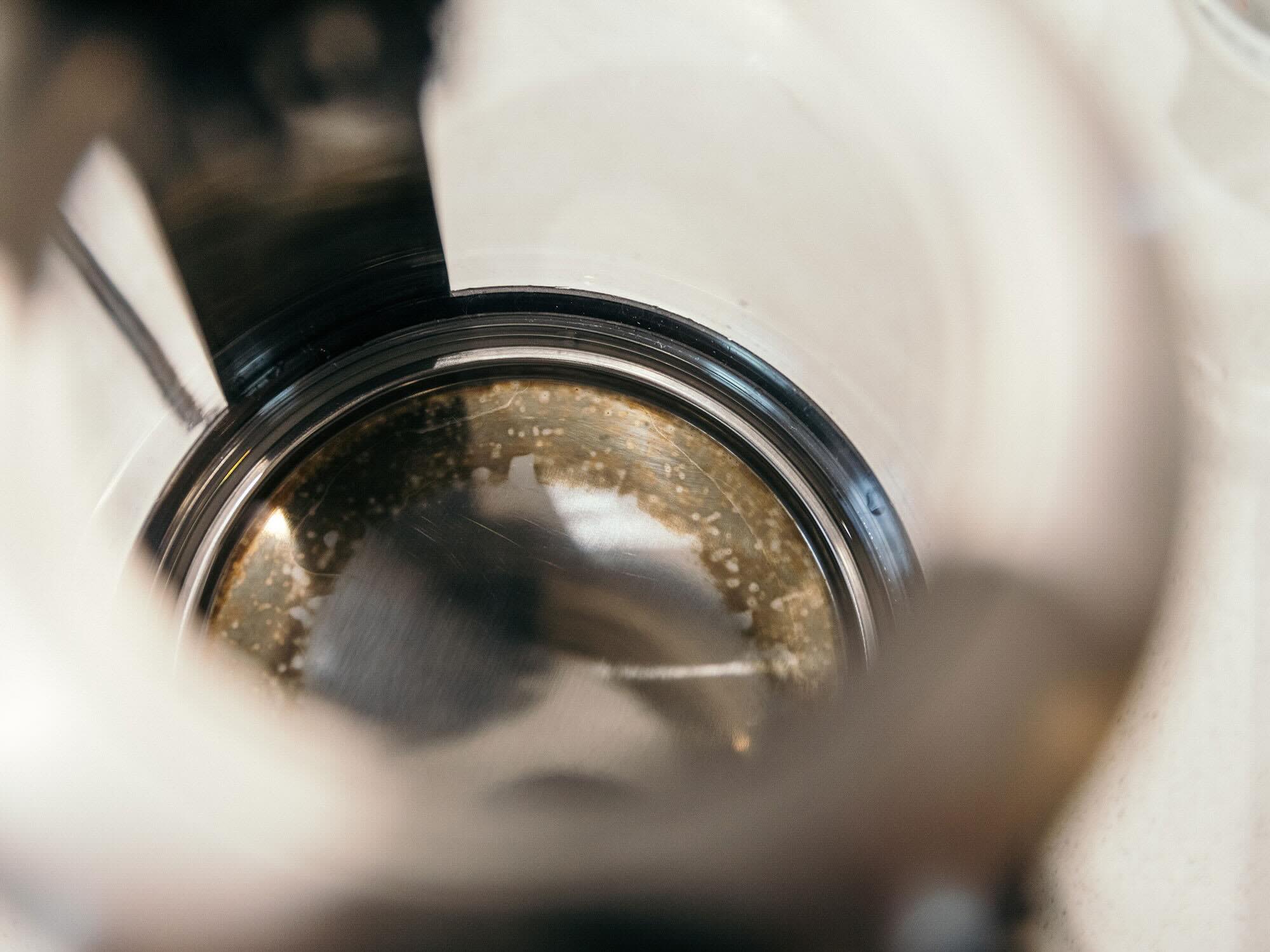
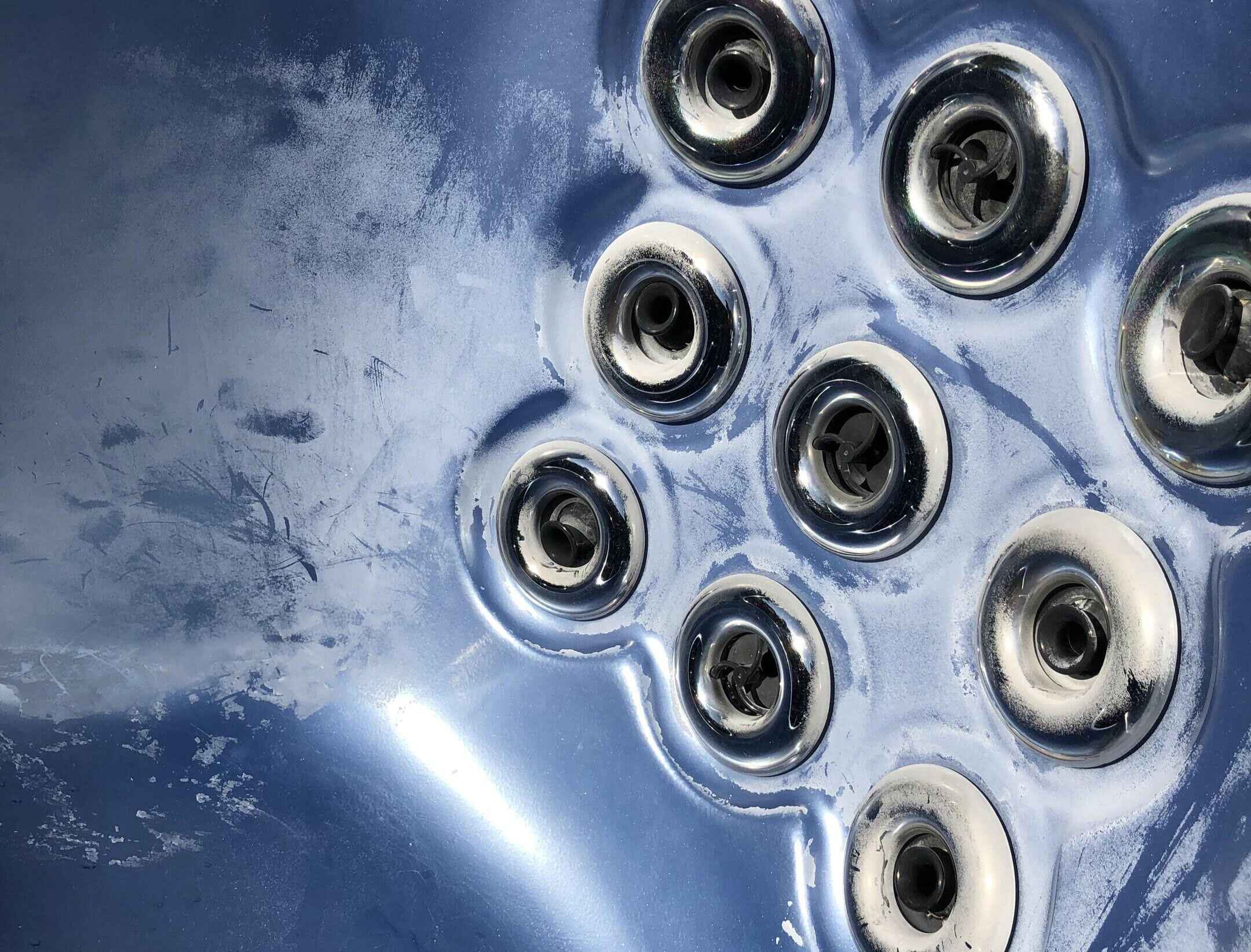

0 thoughts on “How To Remove Calcium Deposits From Showerhead”